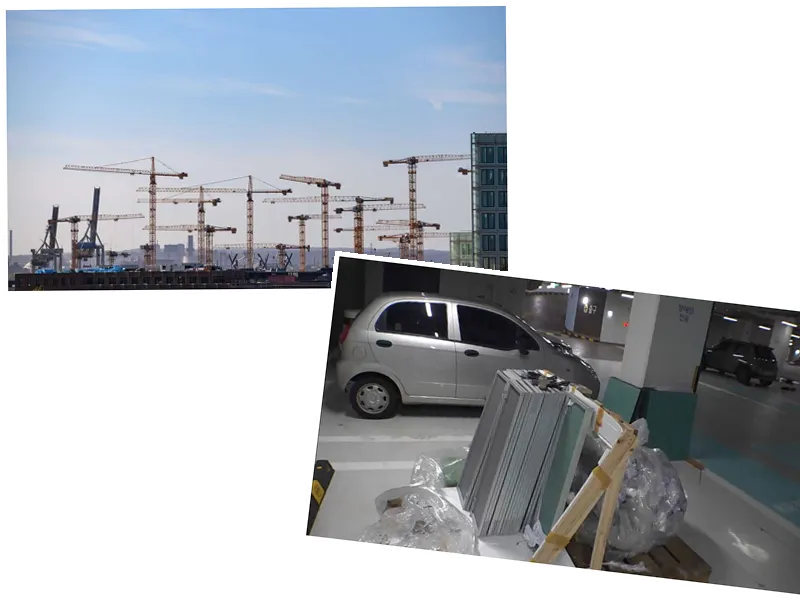The Rise of Robots: Transforming Jobs in Construction and Agriculture
The increasing integration of robots in various sectors, particularly in construction and agriculture, poses a significant challenge to the workforce. A recent report highlights that approximately 70% of jobs in these industries could be negatively impacted by the rise of automation. The International Federation of Robotics (IFR) indicates that there are currently around 3.9 million robots operating globally in industrial sectors, a number that has doubled in just six years. As industries face labor shortages, the demand for robots is expected to escalate, raising concerns about job displacement.
The Future of Work: Human-like Robots and AI
As the demand for skilled labor continues to outpace supply, the development of human-like robots powered by artificial intelligence could become a viable solution. Morgan Stanley predicts that by mid-century, the United States could see over 60 million human-like robots in operation, potentially affecting 75% of jobs across various sectors. This shift towards automation could alleviate labor shortages, especially in Western countries struggling with declining populations. However, such advancements come with political and social ramifications, as the workforce grapples with the implications of widespread automation.
Balancing Innovation with Workforce Impacts
While robotics advocates argue that automation can help mitigate labor shortages, the transition is fraught with challenges. The commercialization of humanoid robots will require significant social and political acceptance, given the potential impact on employment. Moreover, the rapid growth of artificial intelligence raises concerns beyond job displacement, with industry leaders warning of existential threats posed by advanced AI systems. Nevertheless, research from the University of Bath and the Technical University of Darmstadt suggests that current AI technologies lack the capability for independent learning, alleviating some fears about an impending crisis.






